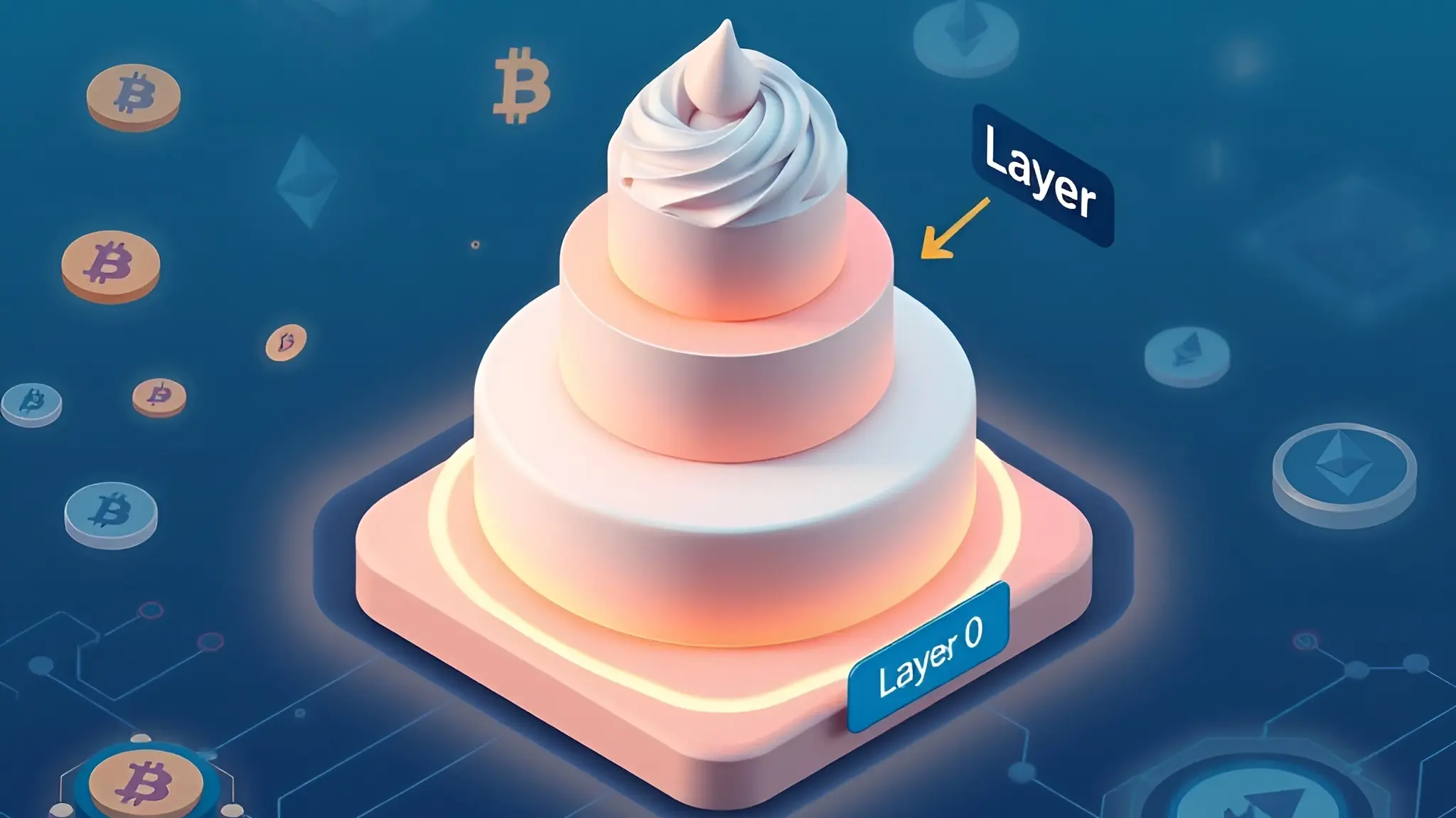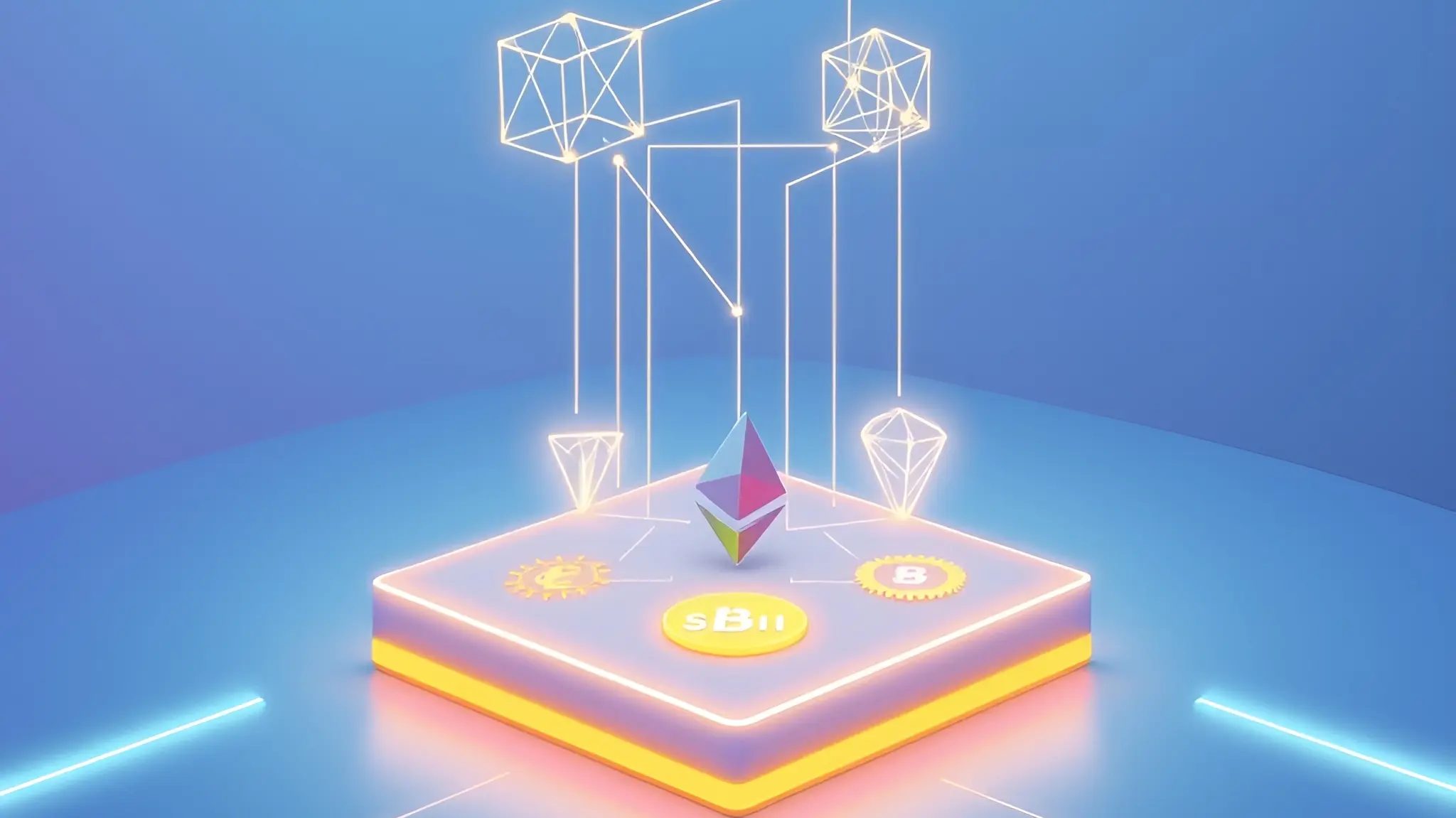What Is a Layer 1 Blockchain?
A Layer 1 blockchain is the base layer or “main network” in a blockchain system.
It handles the essential tasks of verifying transactions and running smart contracts without depending on another blockchain or network.
Because it operates independently, it ensures decentralization, meaning no single authority can control it.
This decentralized approach increases both the security and resilience of the network.
Key Takeaways:
ShowDefinition of a Layer 1 Blockchain

A Layer 1 blockchain forms the core layer in a blockchain system. It carries out transactions and executes smart contracts on its main network, removing the need for intermediary layers.
By relying on its own consensus rules—such as Proof of Work or Proof of Stake—it maintains security and trust across the network.
Key Characteristics and Advantages of Layer 1

Layer 1 blockchains share several essential traits that define how they work and how effective they are:
1. Strong Decentralization
Layer 1 solutions guarantee that no single organization can control the network, making it more resilient to censorship.
2. Built-In Consensus
Blockchains like Bitcoin use Proof of Work, while others like Ethereum and Solana use or are moving toward Proof of Stake. Both approaches promote honest participation and transaction accuracy.
3. High Throughput
Many Layer 1 blockchains offer faster transaction processing than older networks, which helps support a growing user base and wide-ranging applications.
4. Scalability and Upgradability
Changes or improvements (like protocol upgrades) are often easier to implement directly on a Layer 1, ensuring it remains flexible as technology and needs evolve.
5. Foundation for Growth
By delivering stability and security, Layer 1 blockchains create a solid base for decentralized applications, DeFi platforms, and other emerging use cases.
Examples of Layer 1 Blockchains
Below are a few leading Layer 1 blockchains, each specializing in different areas:
| Blockchain | Primary Purpose |
|---|---|
| Bitcoin | Digital currency and store of value |
| Ethereum | Smart contracts and decentralized applications |
| Binance Smart Chain | High-performance dApps and DeFi |
| Solana | High throughput and scalable decentralized apps |
| Cardano | Secure, sustainable smart contract platform |
Each of these networks focuses on different goals, from simple digital payments to highly advanced dApps, but they all maintain the critical Layer 1 traits of decentralization and security.
Comparison With Layer 2 Solutions
When we talk about Layer 1 versus Layer 2, we’re really discussing different ways to handle scalability and speed:
- Layer 1: The main blockchain, which finalizes transactions and hosts smart contracts. While secure, it may slow down during heavy usage due to set block sizes and block times.
- Layer 2: An extra network built on top of the main chain. It offloads some transactions from the main chain, reducing traffic and fees. Examples include the Lightning Network for Bitcoin or rollups for Ethereum.
In essence, Layer 1 secures the system, while Layer 2 scales it by moving many transactions off the main chain and settling them later.
Wrapping Up
Layer 1 blockchains are the essential foundations of decentralized networks. They manage key functions like transaction validation and smart contract execution directly on their main chains.
Their focus on scalability, security, and decentralization makes them ideal for a variety of applications, from digital currencies to complex financial platforms.
Notably, Bitcoin, the first and most recognized Layer 1 blockchain, reached a market capitalization above $1 trillion, emphasizing the impact such technologies can have on the global economy.
As blockchain innovation continues, recognizing of what is Layer 1 is crucial for anyone looking to understand or participate in the world of decentralized systems.
Frequently Asked Questions (FAQs)
How Do Layer 1 Blockchains Achieve Consensus?
Layer 1 blockchains achieve consensus through various mechanisms, such as Proof of Work or Proof of Stake, ensuring secure transaction validation and network integrity. These methods facilitate decentralized agreement, enhancing overall trust and resilience in the system.
What Programming Languages Are Used in Layer 1 Blockchain Development?
Layer 1 blockchain development primarily utilizes programming languages such as Solidity, Rust, Go, and C++. Each language offers distinct advantages with regard to security, performance, and developer ecosystem, influencing the design and functionality of blockchain protocols.
Can Layer 1 Blockchains Be Upgraded or Modified?
Just as architecture evolves while preserving foundational integrity, Layer 1 blockchains can undergo upgrades and modifications. These enhancements typically involve consensus mechanism adjustments or protocol improvements, ensuring security and functionality without compromising the underlying decentralized structure.
What Are Common Security Risks for Layer 1 Blockchains?
Common security risks for Layer 1 blockchains include 51% attacks, smart contract vulnerabilities, network congestion, inadequate consensus mechanisms, and potential exploits in cryptographic algorithms, all of which can compromise the integrity and functionality of the blockchain.
How Do Layer 1 Blockchains Handle Regulatory Compliance?
Like a seasoned diplomat traversing complex treaties, layer 1 blockchains engage with regulatory compliance through adaptive protocols, transparency measures, and robust governance frameworks, ensuring alignment with evolving legal standards while maintaining security and user trust.

